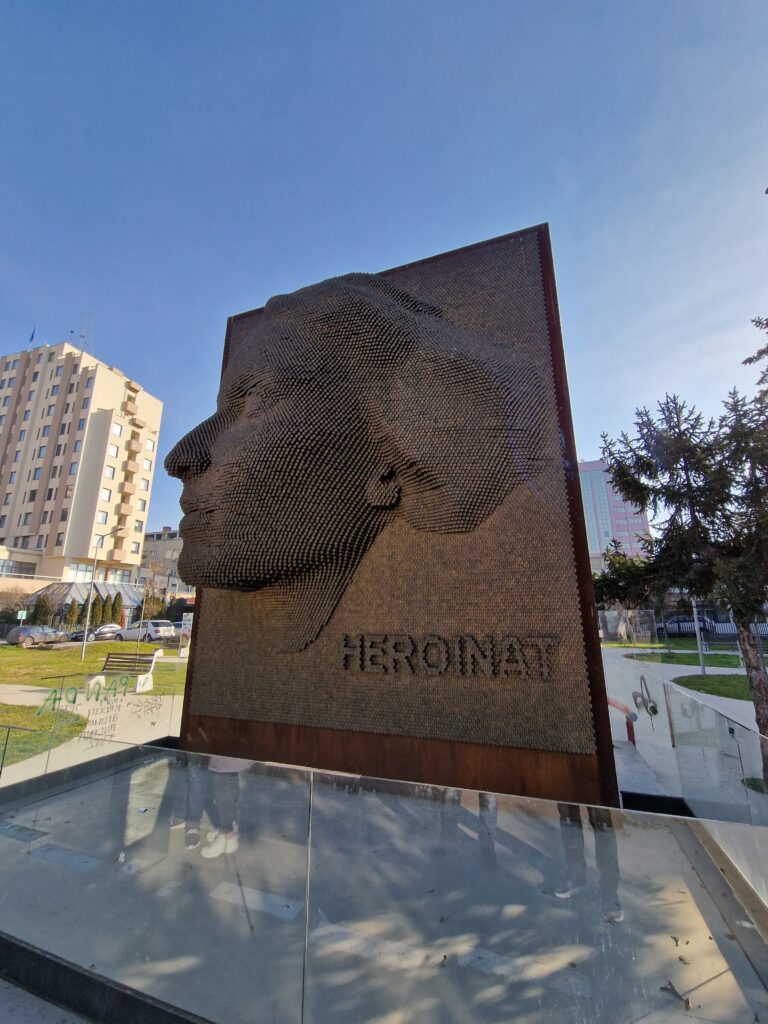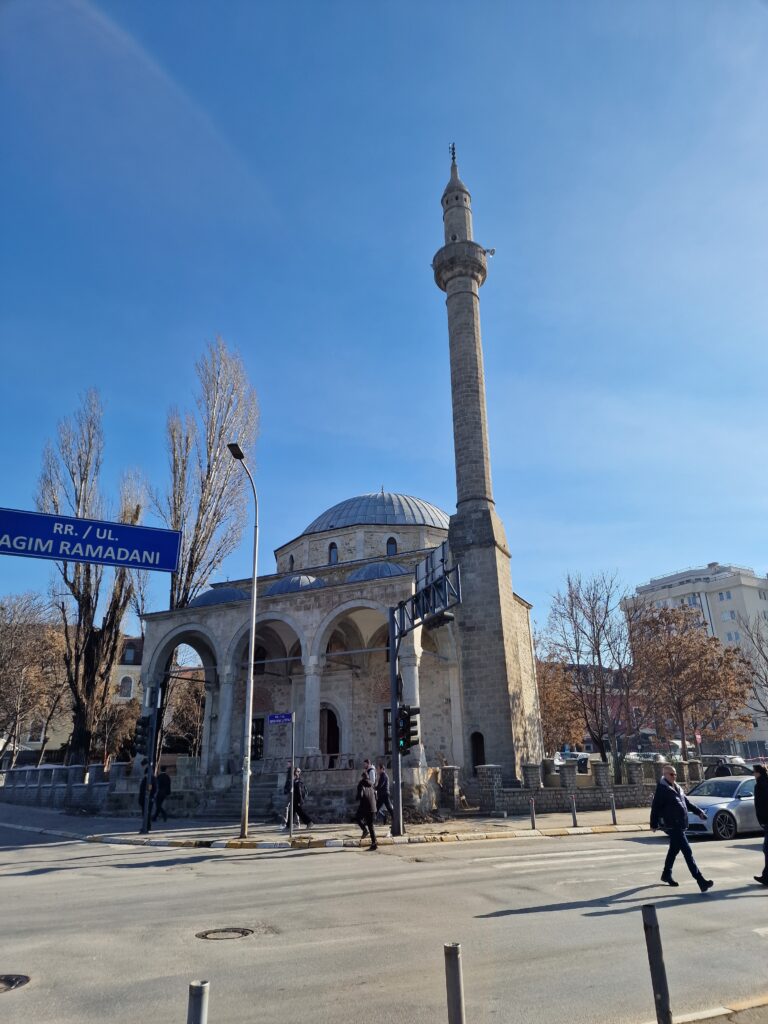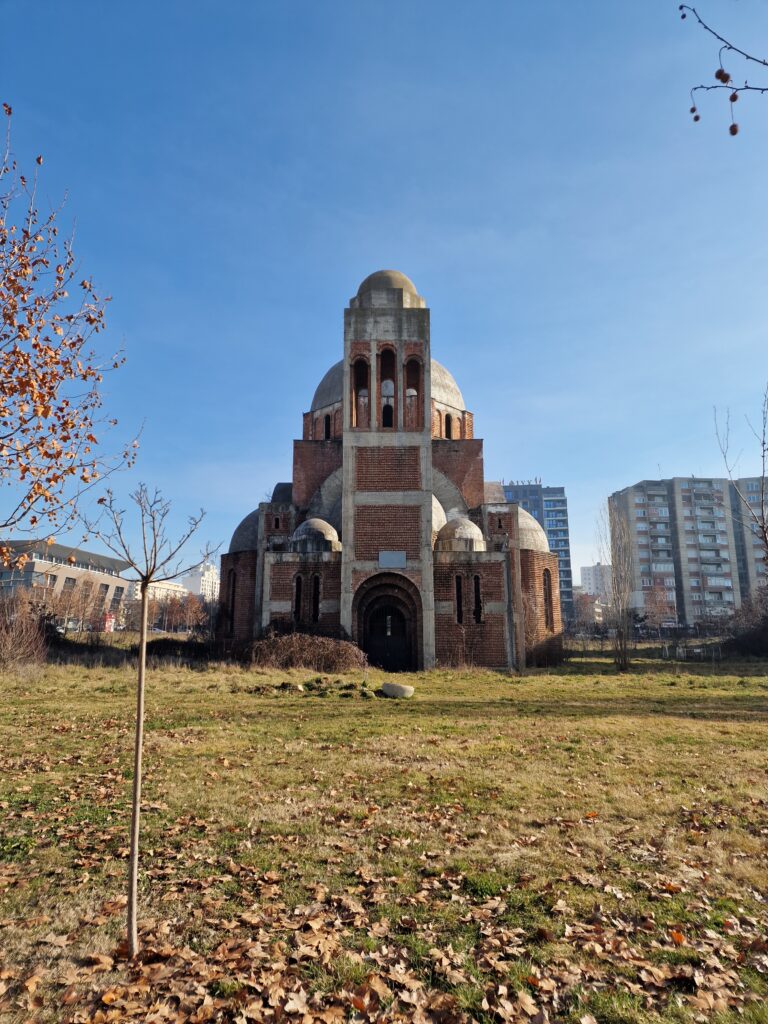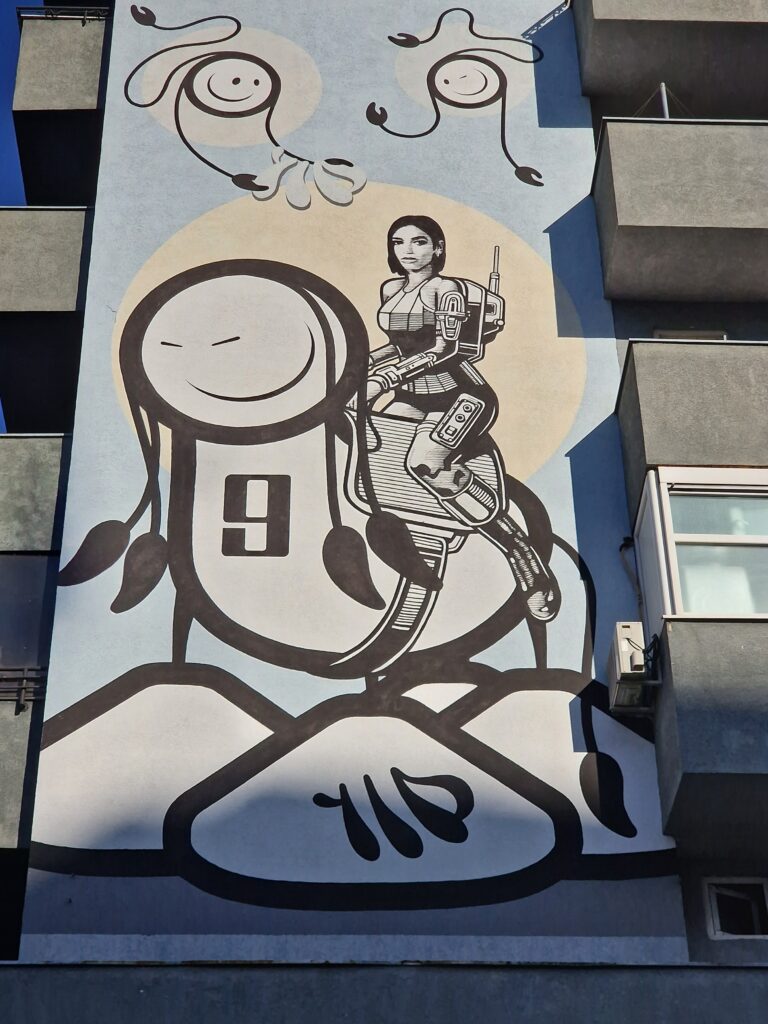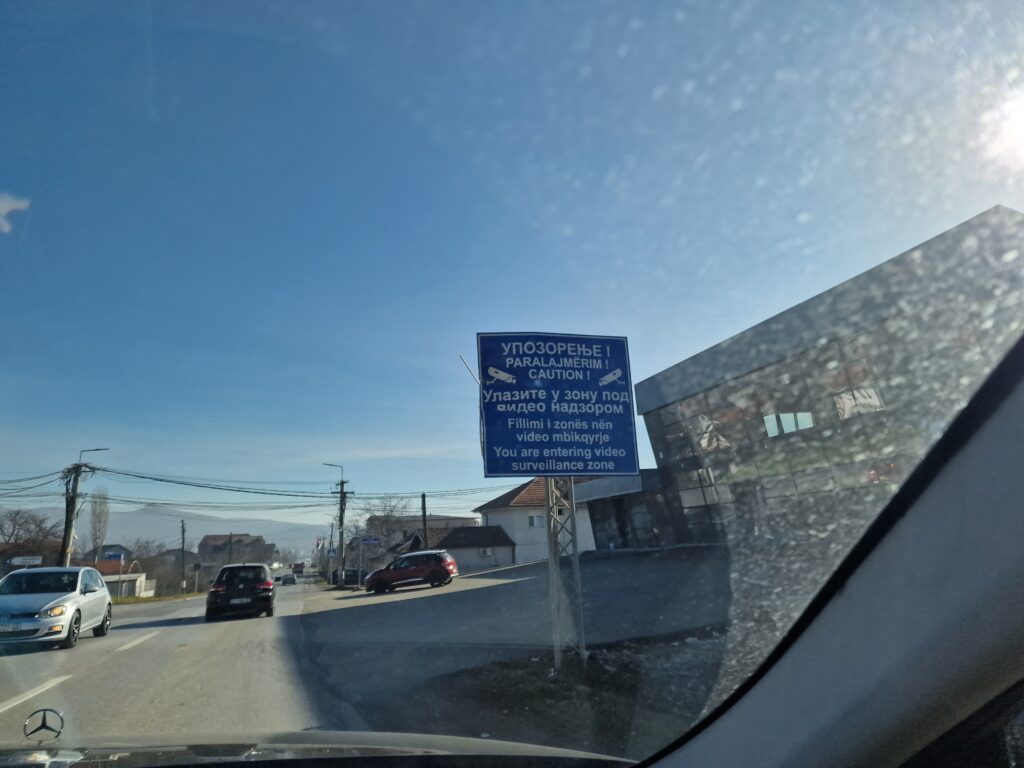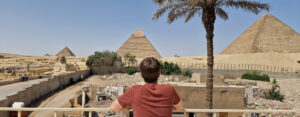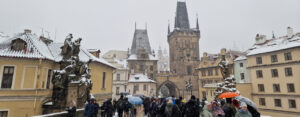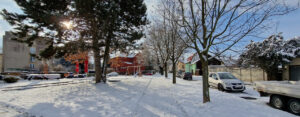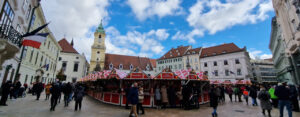
In Pristina Condition
Undoubtedly Europe’s most controversial nation, not through any fault of her own, Kosovo has long polarised opinion with absolutely no sign of any contention slowing down. A slim majority of countries around the world (52.3% to be exact) recognize her sovereignty including the UK, USA, and most of the EU although notable exceptions include Spain (concerned it would bolster separatist movements in the Basque and Catalonia regions) and, most vociferously, big brother Serbia. The vast majority of Serbs passionately hold that “Kosovo is Serbia”, a fervid slogan used since the 1980s, and would never under any circumstances recognize its independence, just ask Djokovic. Thus leading to a situation of geopolitical stagnation, with the odd violent flare-up along their shared border thrown in for good measure.
As a result of the constant tension between the two countries, as well as the obnoxiously large Serbian stamps overzealously branded into our British passports by Serb border guards several weeks prior, extreme care and caution were required when planning the visit. In fact, our entire Balkan itinerary revolved around the utterly perplexing entry and exit rules that exist between Serbia and Kosovo; rules that I will not bore you with here. Ultimately, the safest and simplest option necessitated entering from North Macedonia and leaving in the exact same manner. Lowri decided to forego this particular adventure in favour of Skopje’s side streets while I made the ninety-kilometre journey north to the Kosovar capital, Pristina, to meet up with my guide: Mirza.
Despite a couple of raised eyebrows at the border, although the guard may have recently had Botox, I was marked in with little fuss or concern for previous passport stamps and I was on my way. As soon as the tarmac turned Kosovar, the lumps and bumps of all previous Balkan highways instantly disappeared and a long, smooth stretch of road lay invitingly before me. This would be a theme I’d encounter throughout my visit and I soon learned that millions and millions of dollars had been poured into the embryonic nation since 2008 by basically anyone with a keen interest in maintaining its independence and sticking two fingers up to Serbia, and closely allied Russia, in the process.
This influx of cash made for an extremely pleasant drive to the city centre as well as led to an impressive visit to the newly constructed Cathedral of Saint Mother Teresa whose soaring bell tower stands proud among the litany of new high-rises. The charming Mirza then joined my amble to take me inside one of the country’s most iconic buildings. Built in 1982, towards the end of the brutalist architectural era, the National Library of Kosovo always ranks very highly on lists of the world’s ugliest buildings, usually just behind Newport’s train station. Despite its undoubtedly unsightly exterior, even Mirza agreed, the inside isn’t all that bad while the ninety-nine translucent domes that adorn its roof were cleverly designed to cast light into every corner of the building. I mean, not covering every window with a thick metal mesh may have had the same effect but I know nothing about the intricacies of Kosovar design.
Right alongside the distinctive library lies a rather nondescript abandoned Orthodox church that I would have passed without note until I was informed of its remarkable past. Its construction was ordered by none other than everyone’s most hated war criminal Slobodan Milošević as a symbol of Serbian Orthodox control in the overwhelmingly Muslim country (over 95% identify as such). As the Yugoslav war violently marched on during the nineties, funds for the church were no longer prioritised and it has remained unfinished to this day. While it lingers as an icon of Milošević’s brutal Serbian assimilation tactics, with some locals regularly attempting its demolition, most prefer the idea of transforming it into a museum of the war crimes committed in Kosovo. While a smaller group prefer the idea of converting it into a public toilet – both plans remain up for debate.
The city centre itself neither dazzles nor awes although its ordinariness is extraordinary in itself, given its turbulent past. Monuments and shrines aplenty, including several to national heroines Mother Theresa and Dua Lipa, many hail the role that the United Kingdom and the United States played in assisting the nation during the noughties. Bill Clinton is commemorated on most street corners while Tony Blair’s popularity rating remains greater here than it was in 1990’s Sedgefield. While Kosovo clearly intends to pivot towards the West, so much so that parts of Pristina could easily be mistaken for Pittsburgh or Preston, enclaves of ethnic Serbs continue their own struggle for recognition, as I was about to discover…
J


